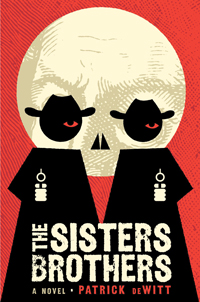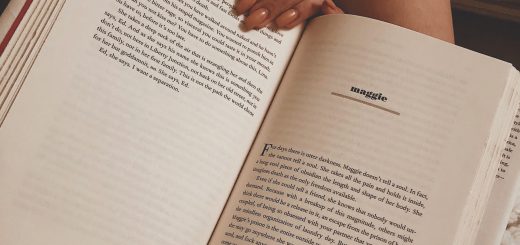Canadian literature: A tale of two authors
Looking at two award-winning novels
Holly Triebwasser
Staff Writer
If you’re looking for a good read, something you won’t be able to put down, something you can finish before the semester gets too crazy — these two Canadian literature prize winners offer a good place to start.
Not only did each win their own highly respected first-place literary prizes, but both novels were shortlisted for the four major Canadian literary awards.
Esi Edugyan’s novel Half-Blood Blues took the Giller Prize for 2011 and was ranked number 3,376 on the Amazon Kindle bestseller list, before rising to number 360 nearly overnight, according to Quill & Quire, a Canadian literary publication. The Governor General’s Literary Award-winner Patrick deWitt will be the first to admit he was an unknown and struggling author before his novel The Sisters Brothers exploded in popularity according to numerous interviews he’s done since.
These Canadian authors have something in common, as many newly discovered authors often do, other than their numerous nominations. Both authors were skeptical about their work, Edugyan being without a publisher and deWitt being without much in the way of funds to show for his efforts. Needless to say, these previously unfamiliar authors are no longer unknown.
While there are similarities between the authors, their novels couldn’t be more different. To read them is to enter two completely different worlds, both of which are so vivid that it’s impossible to get them out of your head, even once you’re done reading. It’s the characters in particular that are the most memorable. The Sisters Brothers novel is one that follows a bland, almost typical western plotline.
Set in the Californian gold-rush era, The Sisters Brothers is both serious and humorous, the main characters pathetic and relatable. What’s creative about the writer’s approach is the way deWitt twists it, turning the main character, Eli Sisters, from hired-killer to sympathetic narrator. He and his brother Charlie are sent to find and kill a man named Warm, as well as retrieve his “secret formula” for finding gold.
Eli has a surprisingly moral conscience that makes you forget you’re seeing the story unfold through the eyes of an assassin. He’s fat and timid, battling a love-hate relationship with a ruthless brother, often looking at him with disgust (usually after Charlie spends a night drinking) and then with longing for acceptance a paragraph later. Eli is sensitive and sympathetic with an attachment to his lame, one-eyed horse named Tub.
Half-Blood Blues follows a group of black jazz musicians at the start of WWII, told through the perspective of Sidney Griffiths, the bass player, who was the only witness to young Hieronymous Falk’s arrest in a cafe in Paris. The characters are haunting — just as Sidney is haunted by the memory of Hieronymous.
Unlike deWitt’s novel, Edugyan uses a very unique setting, giving readers a glimpse into the treatment of blacks in the early days of Nazi Germany. The plotline is fresh and so are the characters. The novel encompasses a number of elements, not just on war and jazz, but also by intertwining themes of friendship, love, jealousy, betrayal and regret. The story follows the characters from Berlin in the early ‘40s to Baltimore in the ‘90s. Although the reader is somewhat limited by Sidney’s perspective, filled with personal insecurities and jealousy, the other characters are still real.
Hieronymous, whom the novel revolves around, is a timid and gifted musician, at a disadvantage due to his African-German background, and whom Sidney often resents for his closeness with the woman he loves, Delilah. Chip Jones, Sidney’s best friend from childhood, drags him back to Germany in the ‘90s and forces him to re-live memories of their troubled past as well as the guilt he feels over standing idly during Hieronymous’ arrest.
Both of these award-winning novels are fun and memorable, but I find Half-Blood Blues lurking in the back of my mind many days after having finished it. It’s one to definitely read again.
It has all the things wanted in a novel: an intelligent and unique plot, lovable and hateable characters, and something indescribable — that haunting element that continues to stay with you long after you’ve finished reading.






